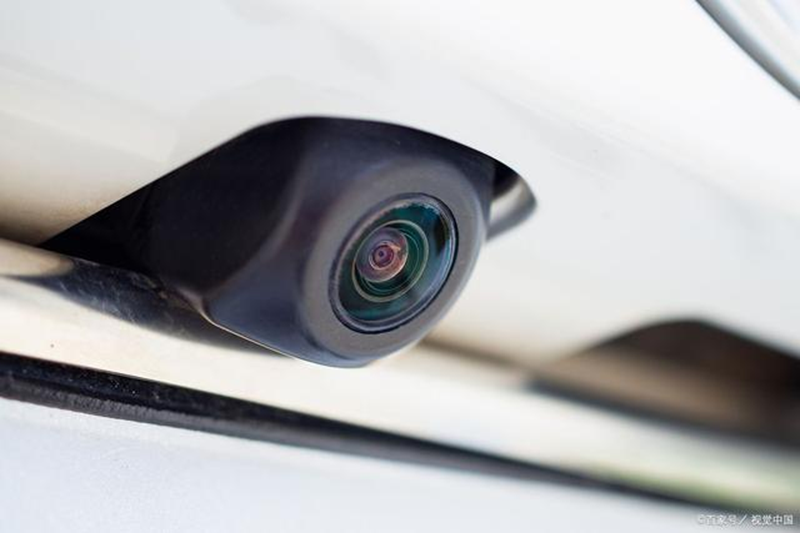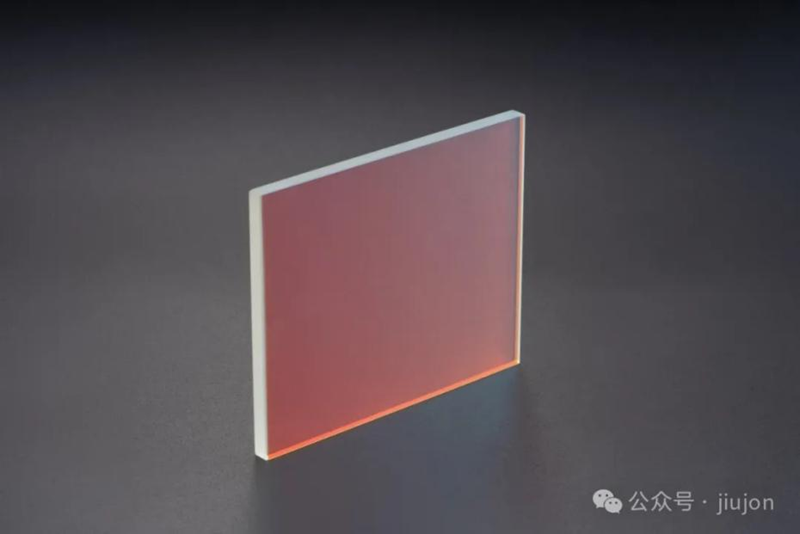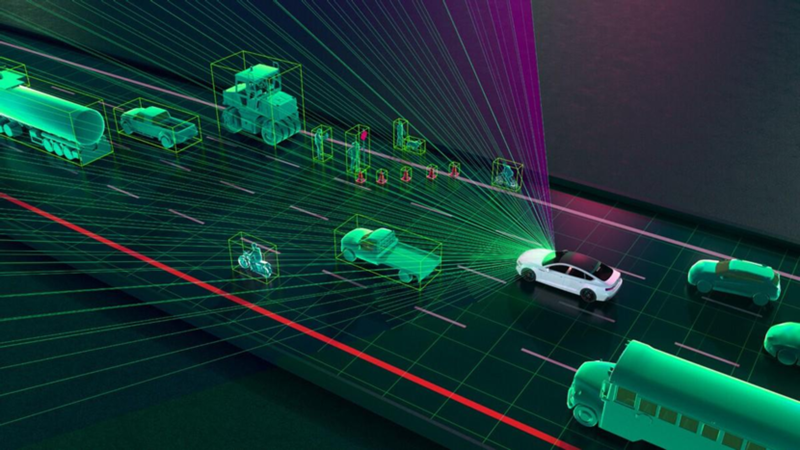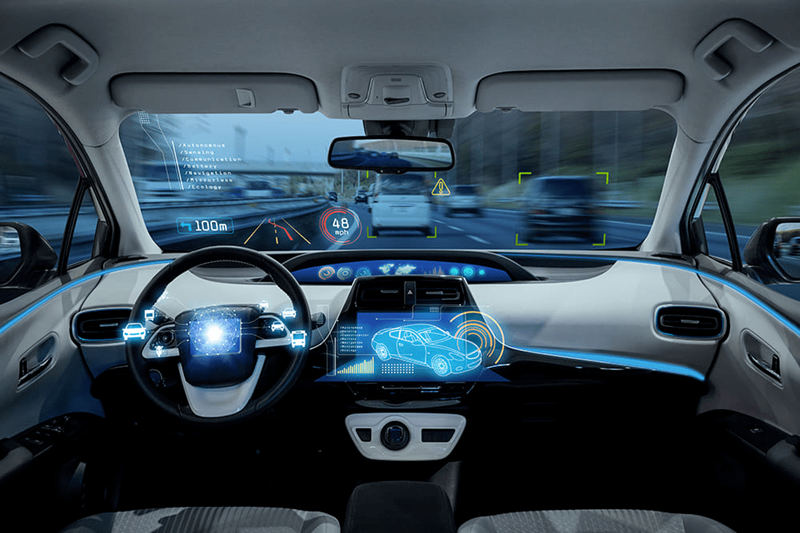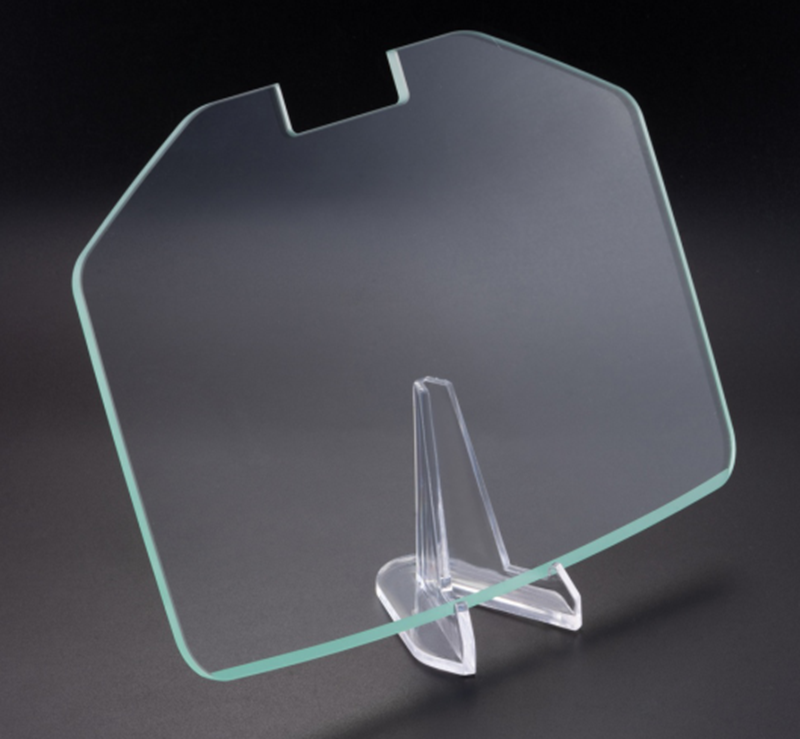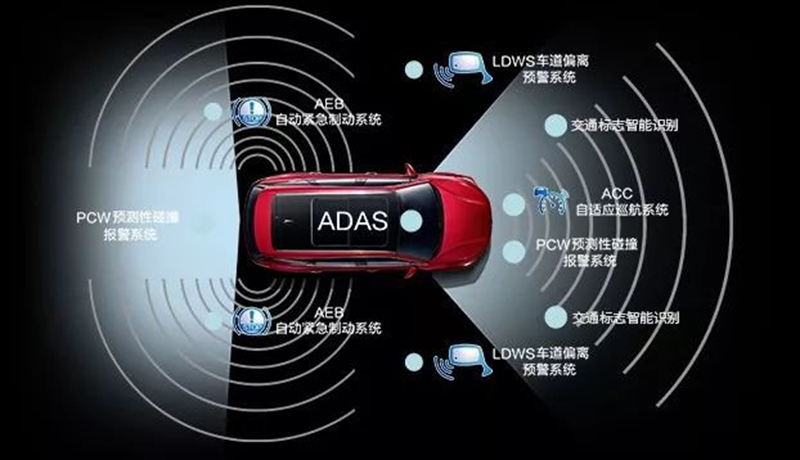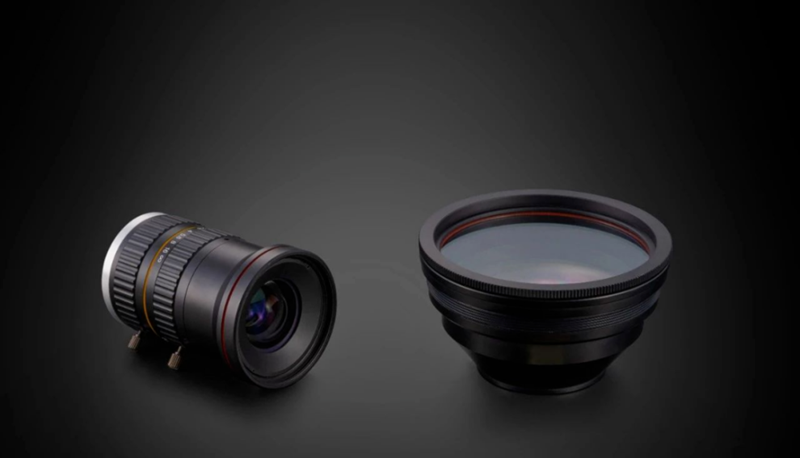In the field of automotive
With the rapid development of technology, intelligent driving technology has gradually become a research hotspot in the modern automotive field. In this process, optical technology, with its unique advantages, provides solid technical support for intelligent driving assistance systems.
01 Optical sensor
The Sensing Vanguard of Intelligent Driving
In intelligent driving systems, optical sensors play a vital role. Among them, cameras are one of the most common optical sensors. They capture image information of the road environment through optical lenses and provide real-time visual input to the intelligent driving system. These cameras It is usually equipped with a high-quality optical lens to ensure the clarity and accuracy of the image. In addition, the filter is also an indispensable component of the camera, which can filter out unnecessary light to improve the image quality and enable the system to recognize more accurately. Road signs, pedestrians and other vehicles
02 LIDAR
Precise Distance Measurement and 3D Modeling
Lidar is another important optical sensor that measures distance by emitting and receiving laser beams, thus creating an accurate three-dimensional model of the vehicle’s surroundings. The core components of lidar include laser emitters and receivers, as well as optical elements for focusing and controlling the direction of the laser. The precision and stability of these components are crucial for the performance of lidar, ensuring that it can provide accurate, real-time environmental perception data.
03 Display system in vehicle
Presenting Information Intuitively to the Driver
The vehicle display system is an important interface for human-computer interaction in intelligent driving. Optical display devices such as LCD screens and HUDs can intuitively present navigation information, vehicle status and safety alerts to the driver, reducing the driver’s visual interference and enhancing the driving experience. In these display devices, optical lenses and polarizing filters play a vital role in ensuring image clarity and viewing angles, allowing drivers to clearly obtain the information they need in various environments.
04 ADAS
Optical Technology Empowers Advanced Driver Assistance Systems
ADAS is a collective term for a series of systems aimed at improving driving safety, including adaptive cruise control, lane-keeping assistance, collision warning, and other functions. The implementation of these functions relies on the support of optical technology. For example, the lane departure warning system captures lane information through a camera and uses image processing technology to determine if the vehicle is deviating from the lane; while the collision warning system detects obstacles ahead through optical sensors, issuing timely warnings or taking emergency braking measures. In these systems, high-quality optical components such as lenses, filters, etc., are crucial for enhancing the performance and reliability of the system. Optical technology is widely and deeply applied in the field of intelligent driving, and various optical components are indispensable for perceiving the environment and displaying information. With their high precision and stability, these components provide reliable technical support for intelligent driving systems
Post time: May-24-2024



